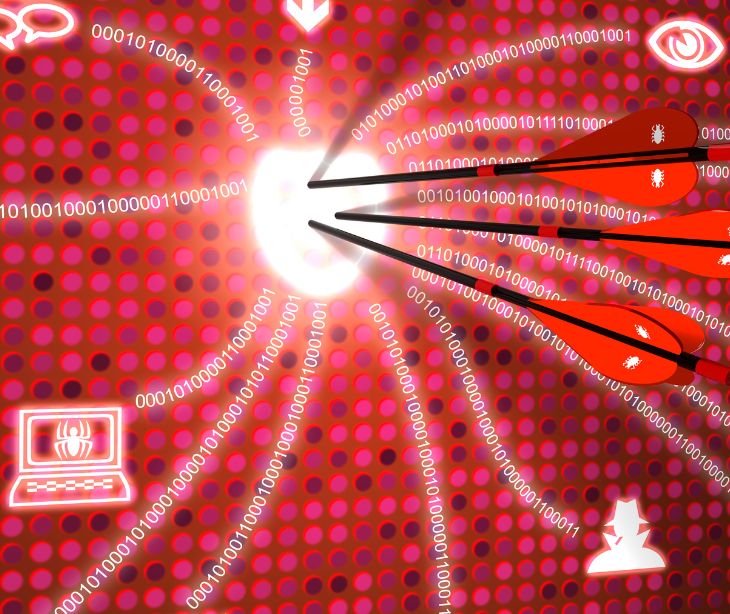2 min read
Endpoint detection and response (EDR) vs traditional antivirus
Tshedimoso Makhene
December 05, 2023

Antivirus software offers fundamental protection from identified threats by scanning for specific patterns of harmful code. Endpoint detection and response (EDR) proactively monitors endpoint activities using innovative behavioral analytics technology, swiftly identifying known and emerging risks based on unusual behavior. Combining both technologies guarantees comprehensive cybersecurity defense against constantly evolving cyber dangers.
Traditional antivirus
Antivirus software has long been the defender against known threats. Its primary function revolves around scanning files and systems for known patterns of malicious code, effectively preventing malware, viruses, worms, and other established threats from infiltrating devices. However, its reliance on signature-based detection means it might struggle against newer, unknown threats, leaving a potential vulnerability window.
In healthcare organizations, antivirus software provides a foundational layer of security. It can help prevent known threats from compromising sensitive information, ensuring compliance with regulations like the Health Insurance Portability and Accountability Act (HIPAA). Here are some things to consider when implementing antivirus:
- Detection Method: Relies on known signatures and patterns of malicious code for identification.
- Response Method: Blocks or quarantines identified threats based on predefined signatures.
- Response Time: Immediate action against recognized threats, but might have delays in detecting newer threats.
Related: Why antivirus software isn’t enough
Endpoint detection and response (EDR)
EDR is a more proactive and sophisticated approach to cybersecurity. It focuses on continuous monitoring and analysis of endpoint activities, leveraging advanced techniques such as behavioral analytics, machine learning, and threat intelligence. Rather than merely identifying known threats, EDR solutions detect suspicious behavior that deviates from established patterns, enabling early detection and response to potential threats.
In healthcare organizations where endpoints store critical patient data, EDR offers unparalleled visibility and response capabilities. It can swiftly detect abnormal activities, such as unauthorized access attempts or unusual data transfers, which could indicate a potential breach. This proactive approach helps mitigate risks posed by both known and emerging threats, providing a more robust defense against evolving cyber threats. Here are some things to consider when implementing EDR:
- Detection Method: Focuses on behavioral analysis to identify unusual activities that might indicate potential threats.
- Response Method: Enables swift response to potential breaches by providing real-time visibility into endpoint activities.
- Response Time: Rapid response capabilities due to continuous monitoring and behavioral analysis.
Related: Using AI in patient data analysis
Complementary defense strategies
While EDR introduces a proactive and comprehensive defense mechanism, it doesn't render antivirus software obsolete. Instead, these solutions complement each other. Antivirus acts as an essential first line of defense, blocking known threats, while EDR adds a layer of security by focusing on behavioral analysis and early threat detection.
In the healthcare sector, combining these technologies ensures a holistic approach to cybersecurity, fortifying the protection of sensitive patient data against an increasingly diverse array of threats.
Subscribe to Paubox Weekly
Every Friday we'll bring you the most important news from Paubox. Our aim is to make you smarter, faster.




